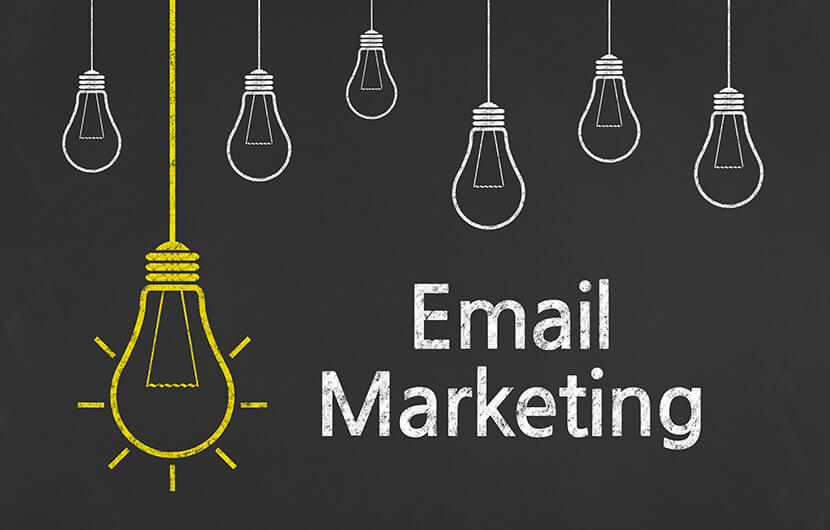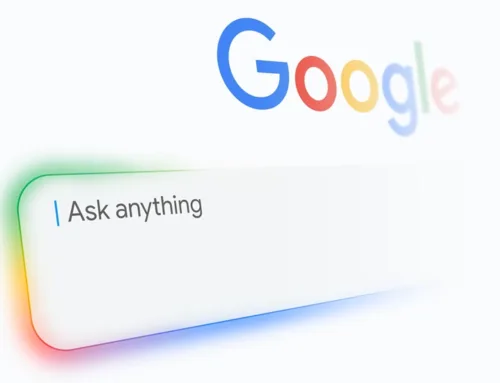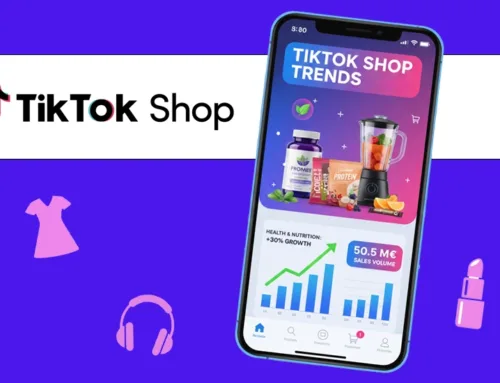Public: advertisers // Difficulty: medium Difficulty: medium.
Email remains an effective channel for acquisition if used wisely. In fact, it is still the preferred channel for Internet users to interact with brands (according to the 11th edition of the Sncd’s EMA – Email Marketing Attitude BtoC study), but it is also a sales vector, since 76% of people claim to have already bought a product or service after clicking on a link in a “newsletter” (according to the same study).
However, it is often neglected or not offered on certain programs. There are various reasons for this: the remuneration model is unsuitable, fear of massive and uncontrolled routing, and so on. The one that surprises us most has to do with the creation of the html email itself. Advertisers are not always at ease with this exercise, often more preoccupied with creating their newsletter to increase customer loyalty.
With these few lines, we hope to help remove this obstacle by drawing up a practical checklist of the 10 most important points for building an acquisition emailing kit:
-
1 – The offer
In acquisition, there’s a good chance that Internet users exposed to your message know little or nothing about you. And they’ll generally spend less time reading it. So make sure you’re clear and concise, and above all make an attractive offer that will make them want to click.
-
2 – Email responsive or not?
No room for doubt… 61% of Internet users read their e-mails on a smartphone, so you’ve got it: responsive of course!
-
3 – What’s the ideal size?
600 pixels wide, especially if your target is a mobile addict, beyond which the organization of your email will be compromised. When it comes to length, the shorter the better.
-
4 – Don’t go overboard with images, prefer text.
I’d like to take this opportunity to stress that text should be understood as text format… text on an image is still an image. The right ratio is at least 60% text / 40% images.
-
5 – Keep html code as simple as possible.
Flash, iframe and javascript are to be avoided, as are the latest code trends, such as html 5. This simplicity should help you obtain an html file of less than 100 Kb (text + images), a condition that must be respected if you don’t want to reduce your deliverability.
-
6 – Page layout.
The use of tables is recommended. To structure your text and images, use the <table> <tr> and <td> instead of Div.
-
7 – Avoid certain tags.
Some tags are best forgotten, such as tbodyand rawspan. The former is detrimental to deliverability, while the latter is not read by all mail clients.
-
8 – Images.
Special care must be taken with images, which may be blocked in some webmails:
- To avoid this, use alternative text with the alt attribute.
- Which format should I use? JPG for photos and Gif for other images (transparent GIF images are excluded).
- As far as background images are concerned, we strongly advise against them, as they are not displayed by all e-mail clients. If you have no other choice, consider setting a background color.
-
9 – Style.
Limit stylistic effects, especially when it comes to fonts, as many are not supported by certain messaging systems. You’ll have to make do with the following fonts: Arial, Arial Black, Comic Sans MS, Courier New, Georgia, Impact, Times New Roman, Trebuchet MS, Verdana.
-
10 – Style sheet management.
They are still misinterpreted, especially if placed in the head tag. That’s why you need to insert your CSS inline, even if it’s more tedious. Also, use the longhand CSS style, as shortlands are not understood by all mail clients.
This list is not exhaustive, but following these 10 points will enable you to offer affiliates an effective distribution medium.
In any case, our last piece of advice is to check that your e-mail is correctly displayed in the various e-mail clients. To do this, Effinity provides a very useful tool, accessible from your advertiser account. Contact your Account Manager to activate it.
Mis à jour le 23 January 2025
Mis à jour le 23 January 2025




